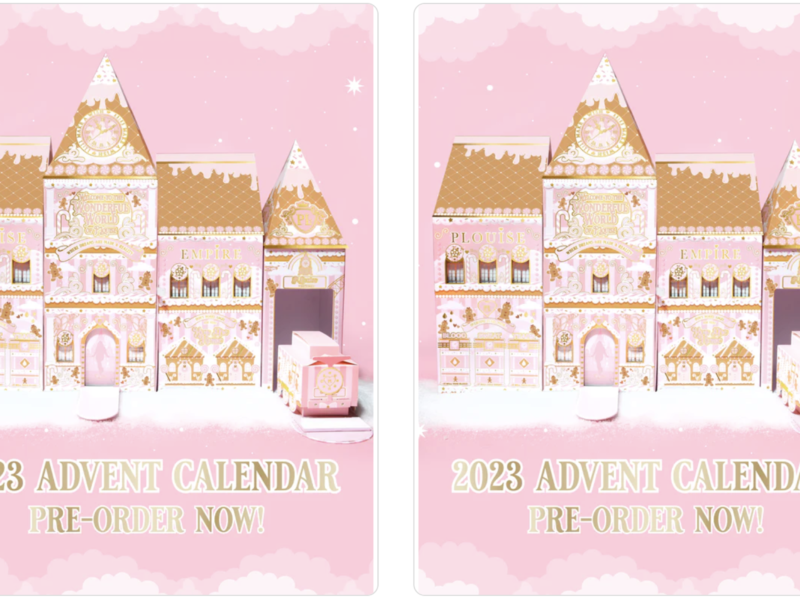
Forget the brushes, the brand, the price or the technique – the most important part of your makeup routine comes down to colour theory – the science behind which colours suit your skin tone, eye colour and hair.
It’s why colour theory forms such a fundamental part of makeup artistry courses and why eyeshadow palettes, foundations and more are sold in different shades. Knowing which colours complement each other, and which clash, is a simple but highly effective way to enhance your natural beauty and can make a substantial difference to your look.
READ NEXT: What hair colour suits me?
However, understanding what colours suit you is, to a certain extent, an in-built skill like an eye for fashion or interior design. Some people have it and some don’t. To help make it easier, we’ve explained a little more on colour theory below, and reveal how to use these tips when buying makeup.
Colour theory can be used to get the perfect foundation match; it can be used to reduce redness or to enhance your eyes to make them look bigger. Knowing colour theory will help you to judge whether that pink lipstick is nice to admire from afar, or whether it will translate to a stunning colour on your face.
In physics, the primary colours of light are red, green and blue. These are the three colours that are mixed to create any other colour. In art, as in makeup, however, the primary colours are red, blue and yellow. The secondary colours, purple, green and orange, are exactly 50/50 mixtures of the primary colours.
 iStock
iStock Beyond colour theory makeup, colour theory also applies to hair care.
Standard hair colours levels are defined on a scale of 1 to 10 with Level 1 being black and Level 12 being platinum blonde. If you’ve ever bought a box of hair dye, you’ll be familiar with the numbers that appear on the packaging. The first number refers to these levels, and the second number refers to hair tone.
The tone number comes after the decimal point and each tone is given a number from .1 to .9. These range from neutral tones up to blue. By determining your base hair level, and then the tone, you can find the best hair dye to suit you. Read more in our What hair colour suits me? guide.
On the colour wheel, a colour’s complementary colour is found directly opposite. In the image above, red and green are complementary colours, as are orange and blue.
When two complementary colours are placed side-by-side they create contrast and help accentuate certain features. Alternatively, when they’re mixed, they help to cancel each other out or at least they help to neutralise the strength of one of the colours.
For example, if you have red blotches and you want to reduce them, applying a little green colour corrector reduces and hides the redness. You can read more in our How to get rid of spots fast article. Similarly, if you buy a foundation and its too orange for your skin tone, adding a small amount of blue colour corrector will neutralise the warm tones. And vice versa, if your foundation is too pale, add a bit of orange colour corrector.
This is also why purple toner or shampoo can neutralise brassy tones in blonde hair. Blue toner can get rid of orange tones, just like concealers with more orangey and peach tones can be used to hide blue bags under your eyes. You can read more about How to get rid of dark circles in our explainer.
Harmonising colours are the opposite of complementary colours. Instead of being on the opposite side of the colour wheel, which means the two colours share none of the same pigments, harmonising colours share pigment.
Colour theory often describes colours in terms of temperature. Colours like blue and green are cool colours, while red and purple are warm. Orange and yellow fall somewhere in between cool and warm.
Whether you have cool, warm or neutral skin can determine what colours of makeup you use. For people who have cool skin tones, cool pinks will look better, while warmer toned skin looks better in peach or coral shades. To work out the tone of your skin, read about understanding your skin tone and getting your perfect foundation match in our guide.
To make your eyes stand out, pick a colour that is complementary to your eye colour. Again, look at a colour wheel and see what lies opposite the colour of your eyes. People with blue eyes particularly suit orange, brown, gold and eyeshadows. People with green eyes can pull off a pink or purple look.
Warmer colours stand out more to our eyes, too, which is why warning signs are usually in red. This means if your eyes suit colours on the warmer part of the spectrum, you can use these colours to make your eyes pop.
In reality, there might be a colour you adore that someone else hates, and because makeup should be for you, our advice is if you like the way something looks on you, wear it. This colour theory is just a guide.

Abigail is a leading science journalist writing about space, sustainability, technology and culture. She is author of The Art of Urban Astronomy, a must-have guide to the night sky that guides you through the seasons and learn about the brightest stars and constellations, the myths and legends of astronomy and how to identify star clusters and galaxies.
